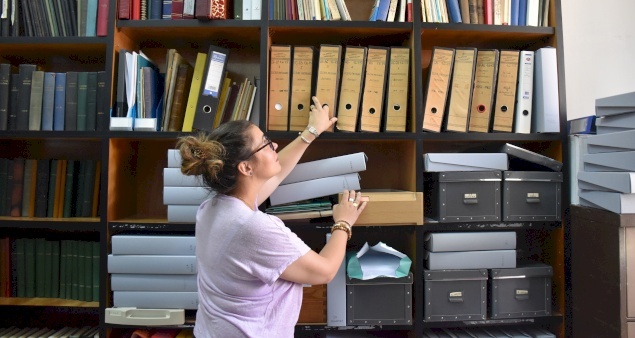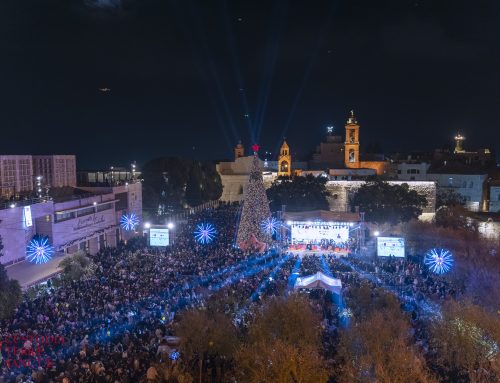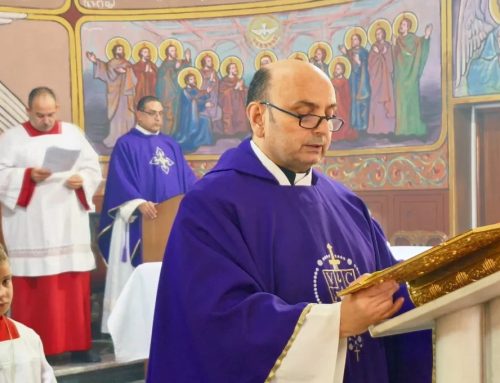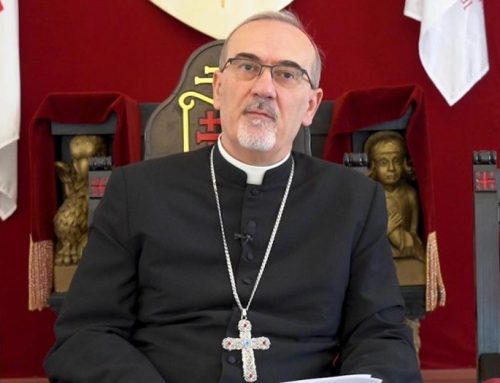JERUSALEM – At the Latin Patriarchate of Jerusalem, one of the missions of the archives office is to ensure the proper preservation and accessibility of its collections. The archives are divided into three sections: historical (1847 to 1948), intermediate (1948 to 2016) and current (2016 to present).
One of the periodic activities of an archive service is collating: in other words, making a physical inventory of the existing material and its state of conservation. Based on this work, the archivists’ work can then be planned and prioritized.
The archives of the Latin Patriarchate have a wide variety of documents relating to its history, since its restoration in 1847; such as, for example, the registers of Catholic acts (birth or marriage certificates) or the numerous correspondences between the Patriarchs and the local curia, the different organs of the Holy See, the religious communities living in the Holy Land and the numerous local or international institutions (such as the Order of the Holy Sepulchre) involved in the life of the diocese. There is also a series of periodical publications, and documents about the various organizations of the Churches in the Middle East… Although some remain confidential, the historical archives can be consulted upon request.
As one of the official languages of the Patriarchate, many documents are written in French. There are also documents in Arabic, Italian and English. In total, they represent a volume of at least 485 linear meters of archival units, kept in three different storage rooms, i.e. approximately 4153 archive units, excluding photos (see photo library) and maps.
In the first half of 2022, the archivists of the Patriarchate launched a collating operation that thus allowed them to verify the storage, the referencing and the state of preservation of the existing archive units of the office, according to the established classification and referencing index. This operation also made it possible to identify missing archival units or classification branches that had become obsolete or that needed to be clarified.
Afterward, it is this index of reference that will allow the archivists to find the exact location of the archive units and to know their names and contents, in order to respond quickly and reliably to requests, which may come from representatives of the Patriarchate’s institutions (parishes, seminaries) or from researchers coming from abroad and present here for a limited time.
Collating is a task that requires time, concentration, and attention to detail. As archivists collate the archives, they assess the contents, dates, and indexing of each folder, point out any missing documents, and ensure that the contents and location of each document are correct and correspond to the index. Ideally, collating is done every two years.
https://www.lpj.org/






